Phobya G-Changer HPC Radiator Review
The intention of this write up is to provide information and performance data about the Phobya G-Changer HPC 360mm Radiator for inclusion in the Extreme Rigs Rad Round Up 2015. I’ll be keeping the review section short and factual, focusing on presenting the performance data compiled through the numerous tests carried out. First of all, a big thanks to AquaTuning for providing this sample of the Phobya HPC!
Note: You may notice changes in the data presentation in this rad review as I’m now also including even more thermal testing data for both Push/Pull and Push Only fan installations.
The similarities between the Phobya HPC and WaterCool’s HTSF2 LT radiator are obvious. There are a few subtle differences between the two, so I will likely make reference to the Watercool version throughout this review.
What’s in the Box?
The HPC sample arrived from AquaTuning in perfect condition There was no outer “retail“ sleeve. This was however exactly as the Watercool HTSF2 was boxed – just with a different sticker at the end of the box.
The box is actually too big for the 360mm HPC, but good use of air pillows kept the rad from moving around during shipping.
Compared to how the WaterCool rad was packaged – same same !!
A bubble wrap protective layer taped around the rad offers extra protection.
Under the bubble warp layer the HPC has a cardboard sheet place on one side of the core, but not the other. The screw set was placed on the cardboard which also had a screw length warning sticker.
Extent of delivery:
The following is supplied;
- 1 x Phobya G-Changer 360 HPC radiator
- 12 x M3 x 30mm screw s for mounting fans.
The supplied screw set (12 only) turned out perfect when fans with a hard plastic frame such as the GT’s used for our thermal testing, however caution should be exercised when using fans with rubberized corners such as NoiseBlocker e-Loops. The tapered heads on the supplied screws would probably render them unusable for use to mount the rad to your chassis.
Onwards to technical specifications!







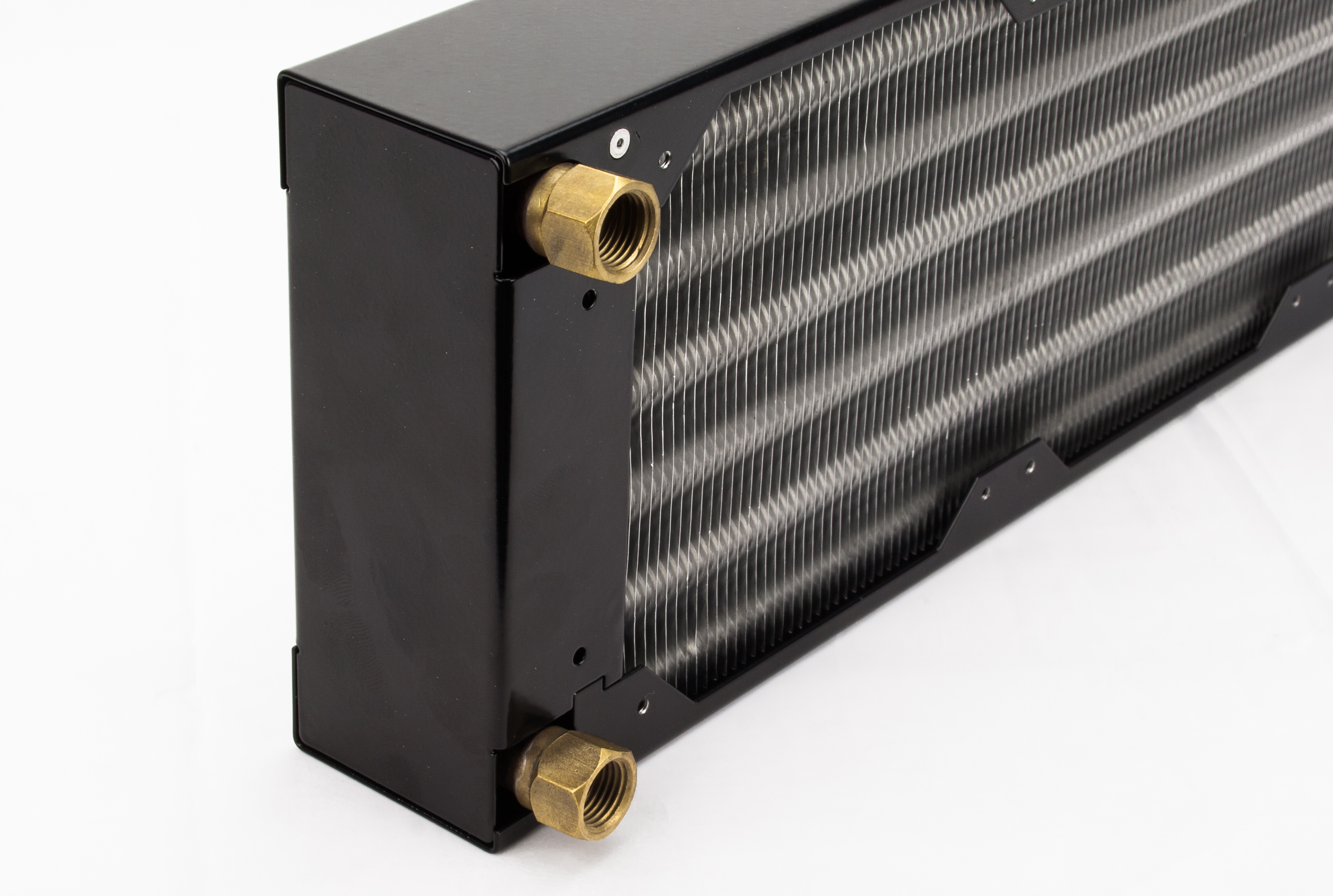

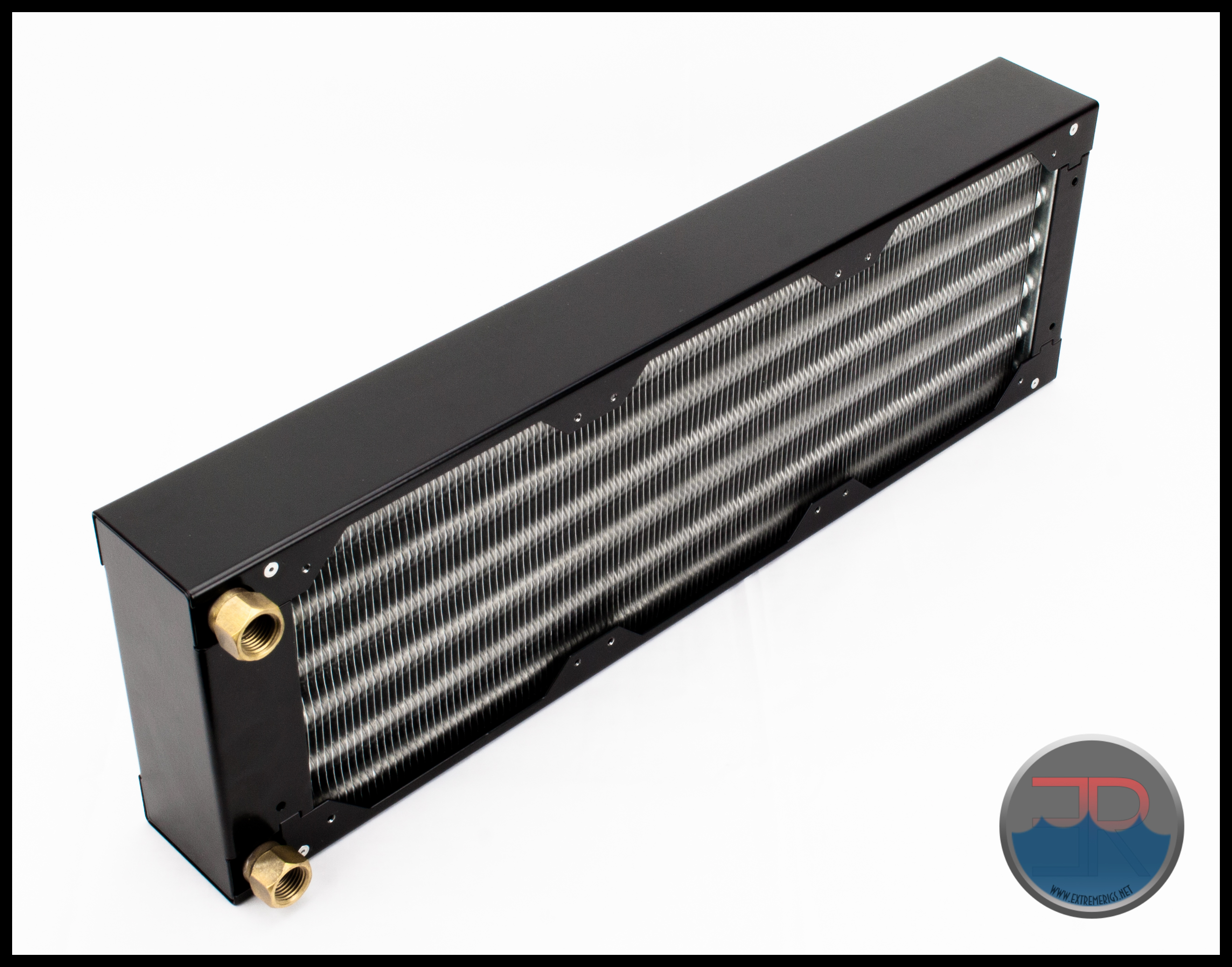
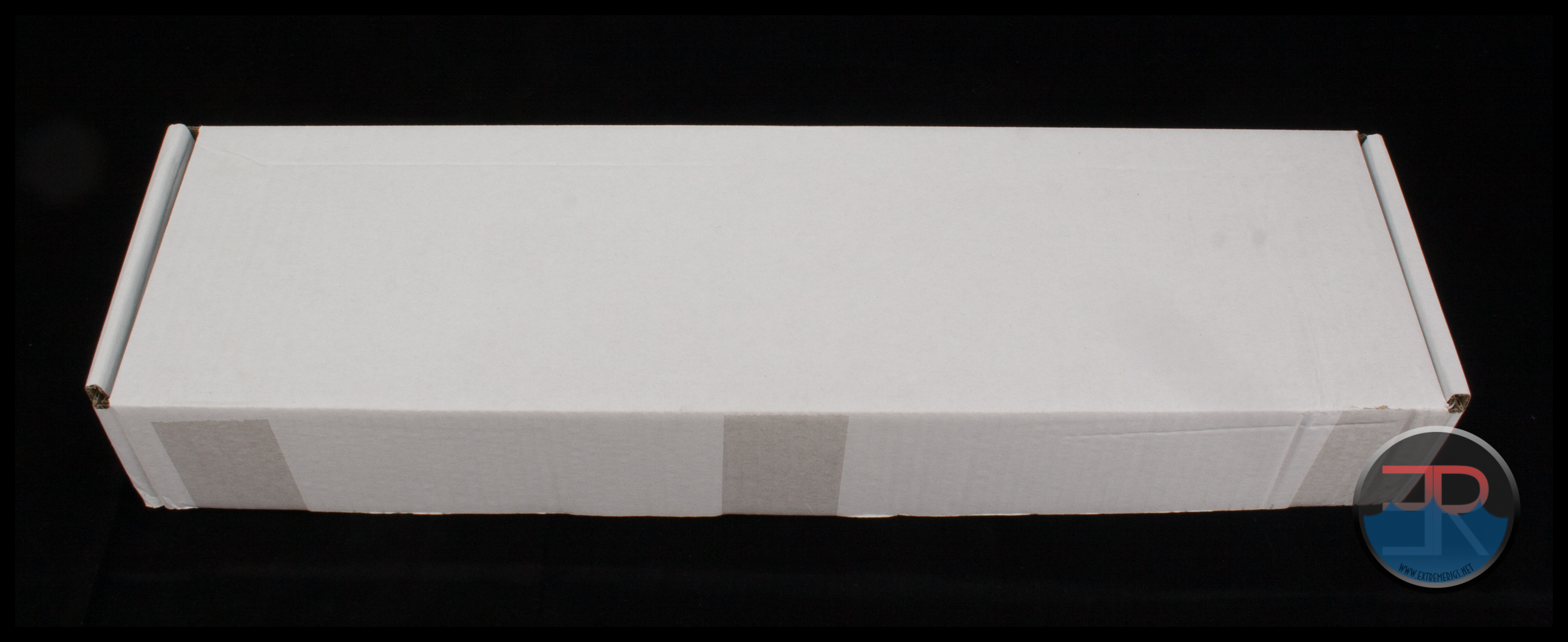
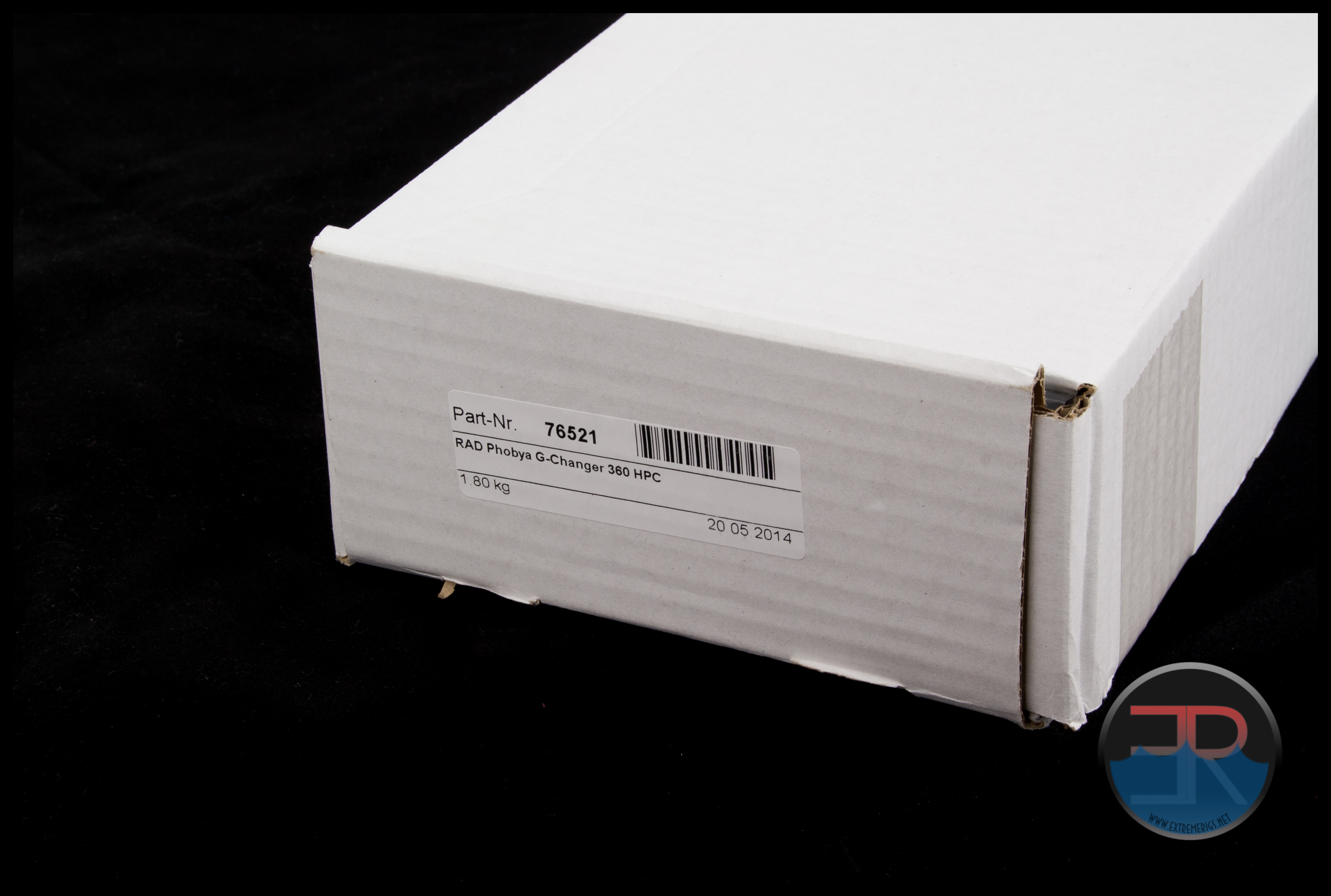
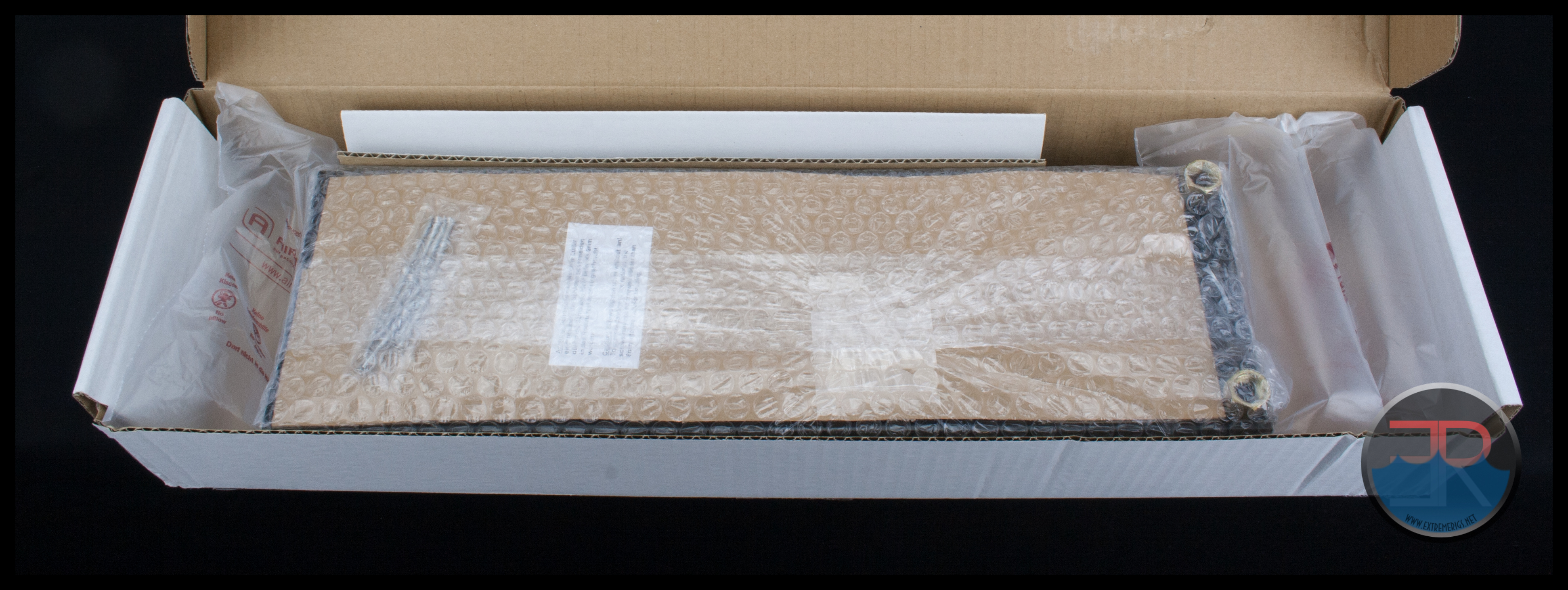
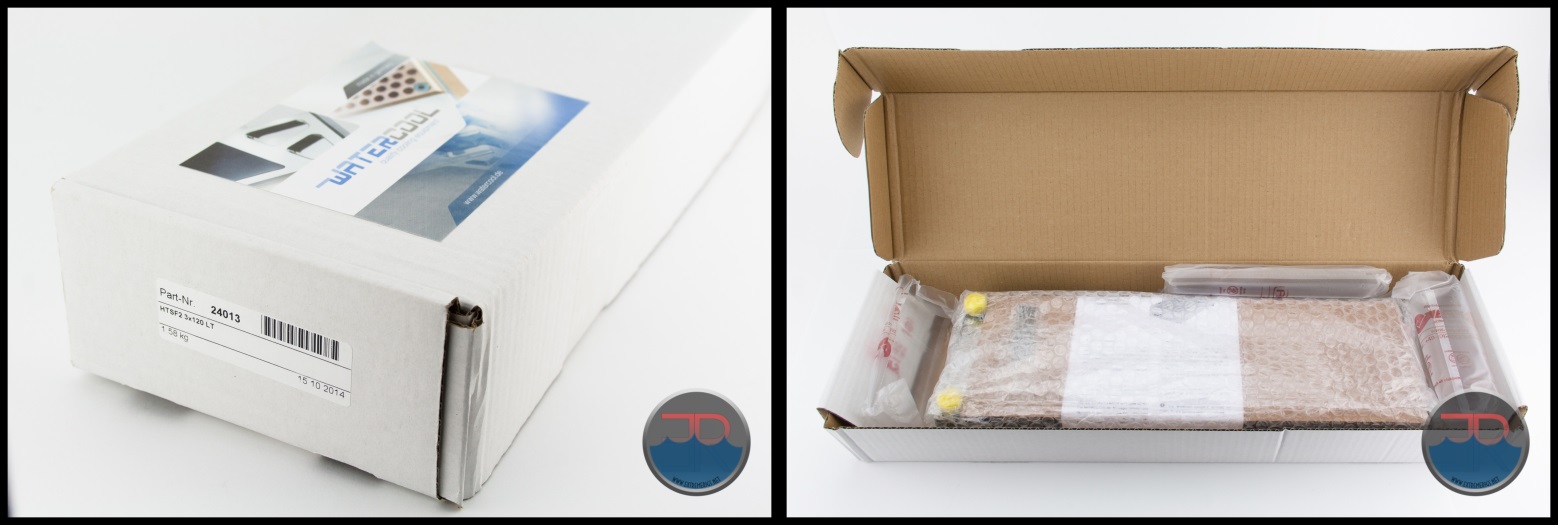
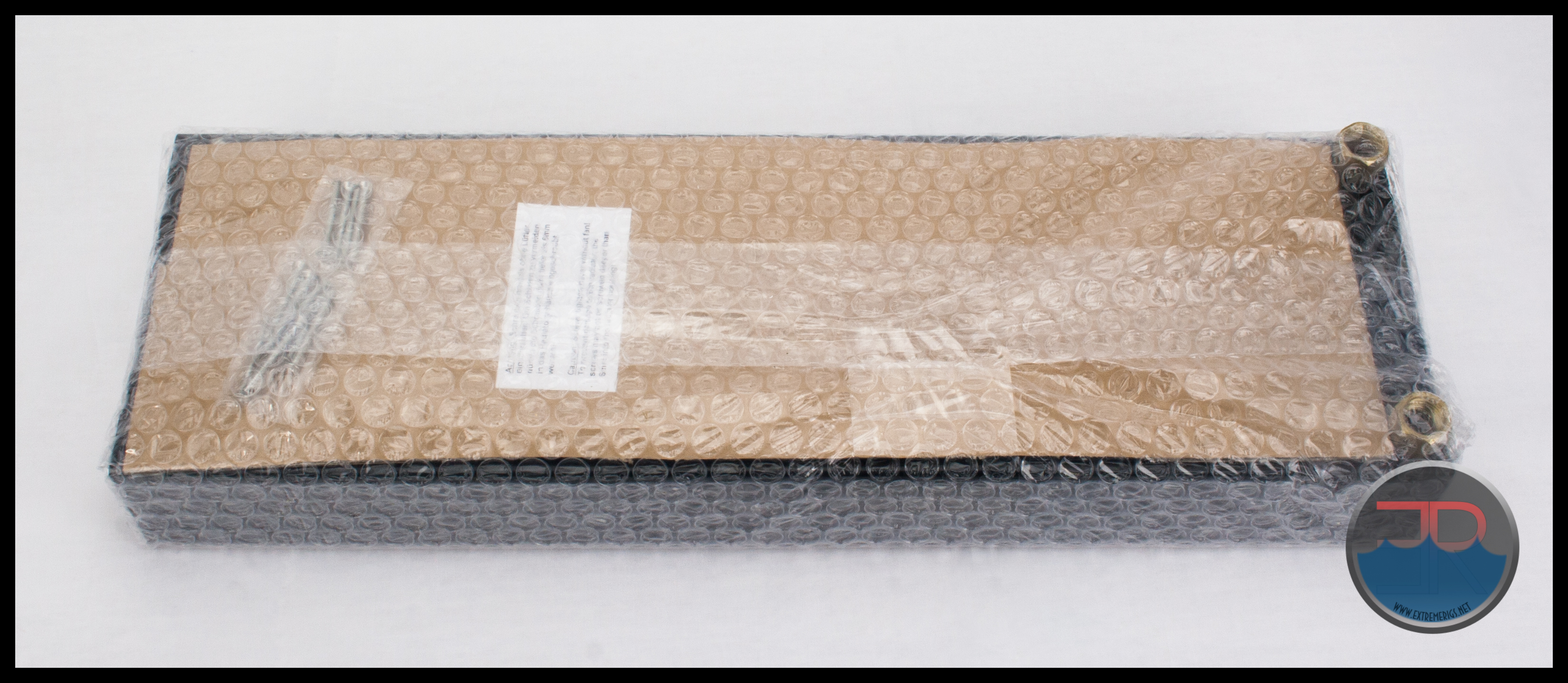
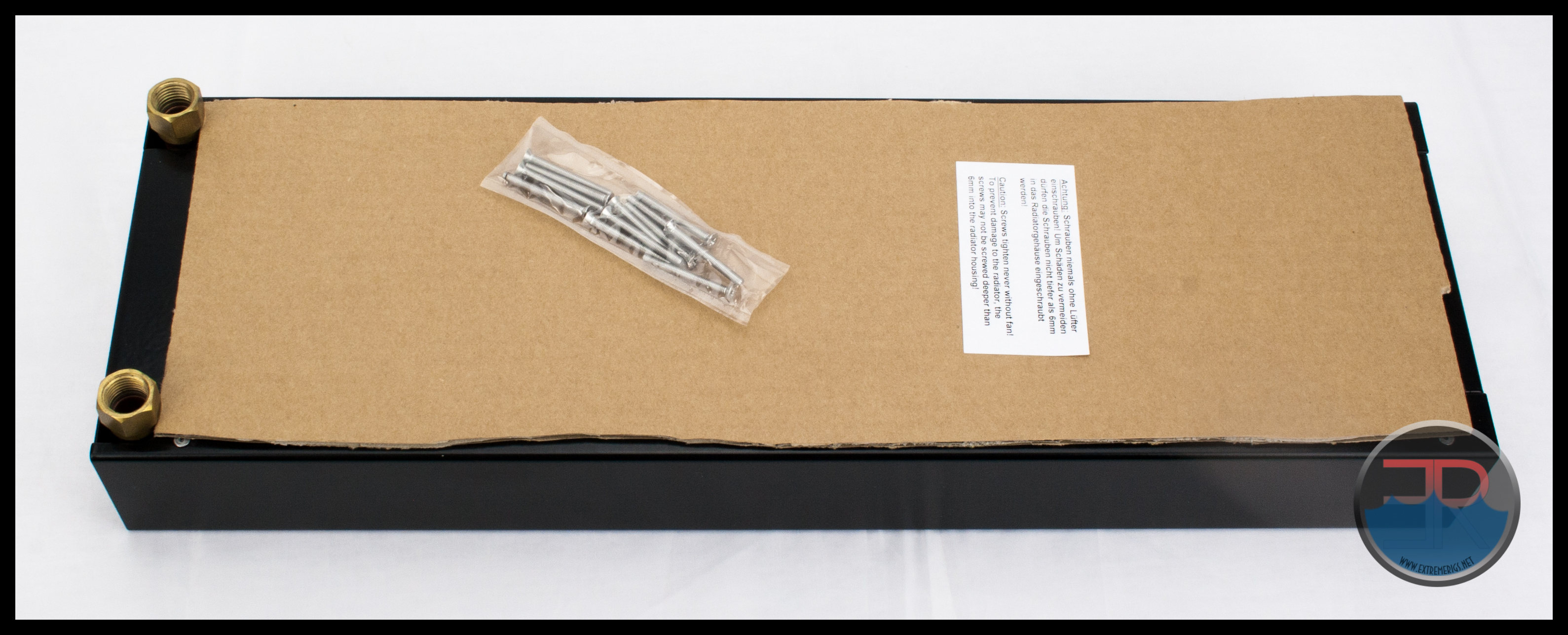
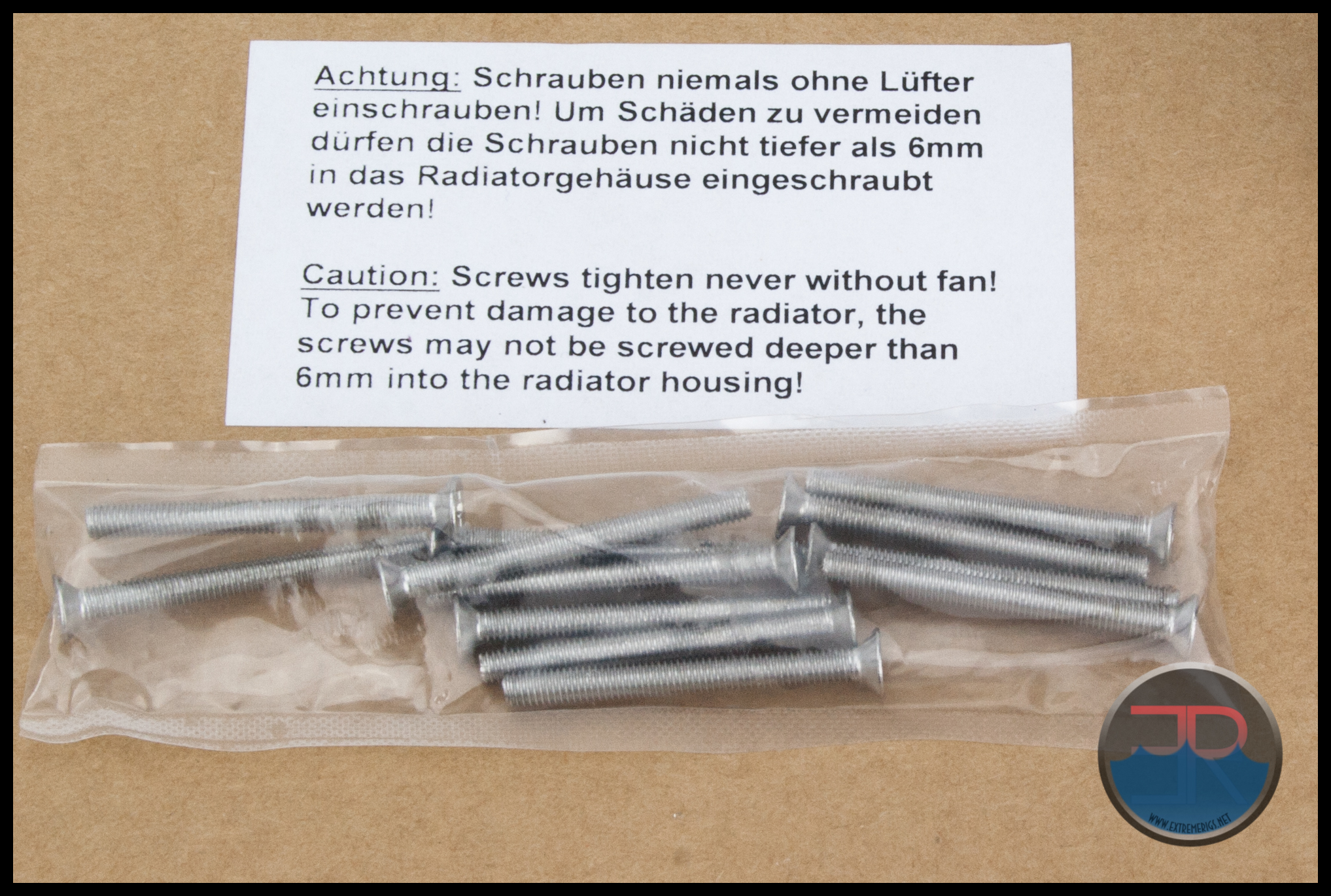
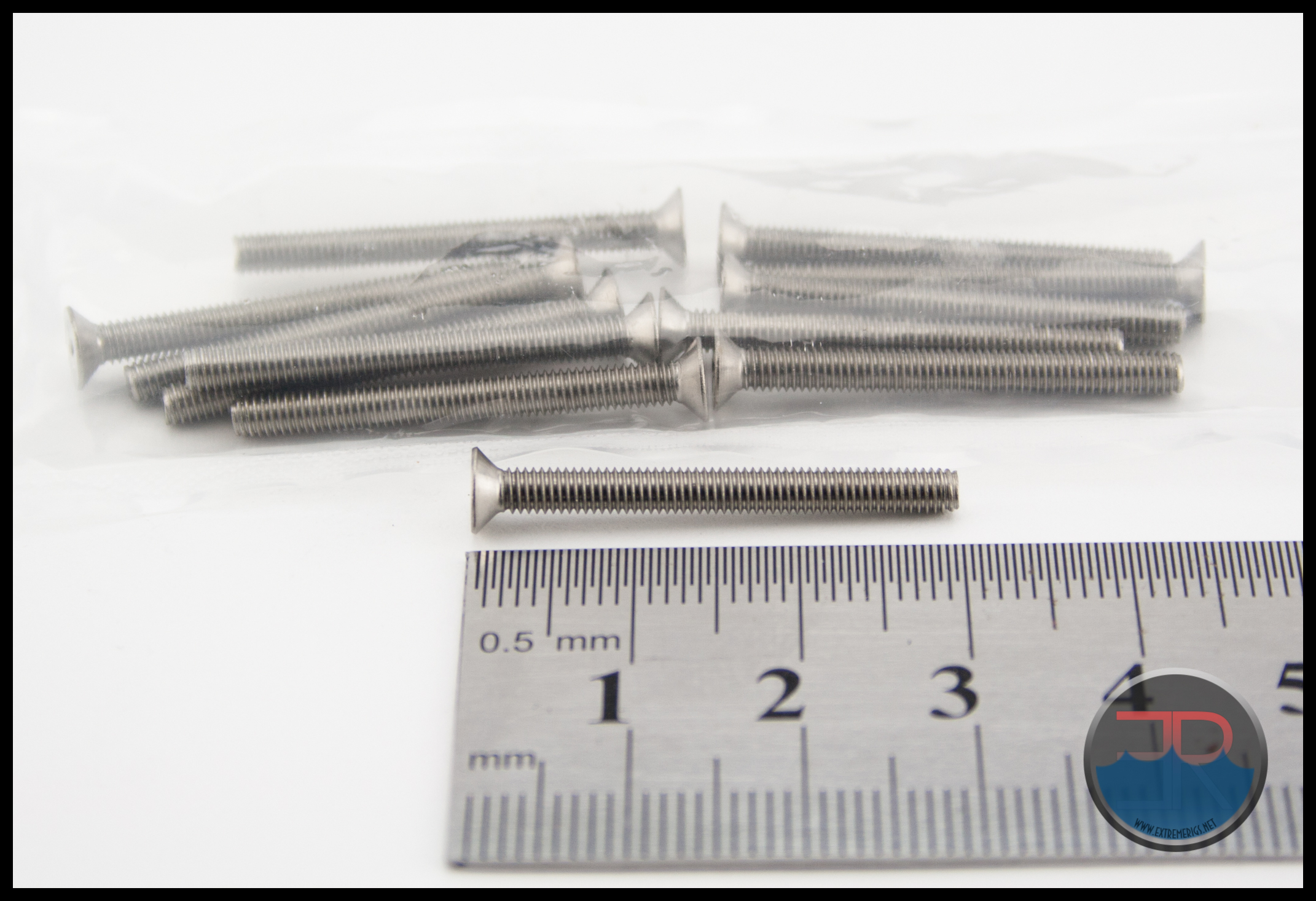




[…] Koolance HX-360XC 360 Radiator Magicool G2 Slim 360 Radiator Mayhem’s Havoc 360 Radiator Phobya G-Changer HPC 360 Radiator Phobya G-Changer V2 Full Copper 360 Radiator Watercool HTSF2 3×120 LT 360 Radiator XSPC EX 360 […]
Comments are closed.